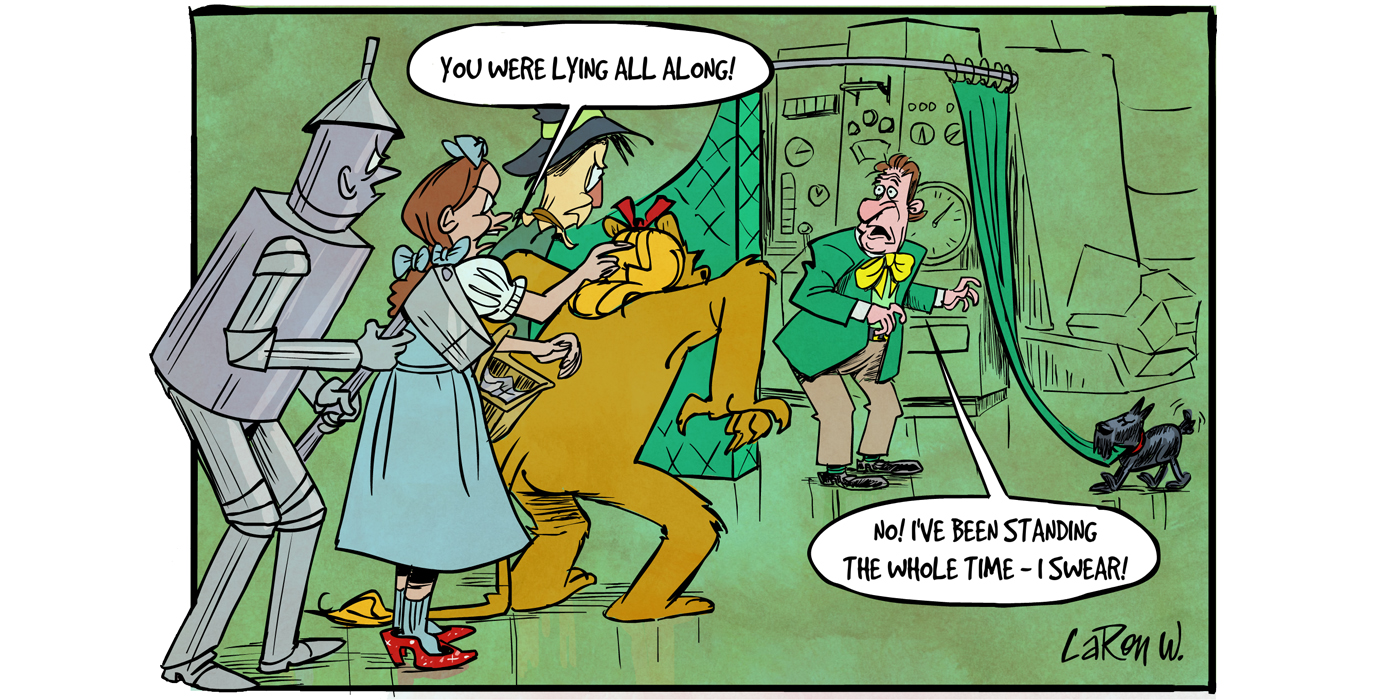
When I first arrived in SA, I asked a man who had several years of sobriety to be my sponsor. A few months later, when I was ready to start Step 4, I discovered that he had never worked the Steps. I asked another man who I had heard speaking about his experience writing and sharing inventories, making difficult amends, and practicing the principles with others who had no spiritual program. I learned that before asking someone to be your sponsor, it is important to ask the person, “Have you worked the Steps with your sponsor?” If the answer is “No,” find someone who has worked the Steps with their sponsor and ask them.
When starting with a newcomer, I ask him to read from the title page of the SA White Book through the chapter “To the Newcomer” and the section titled “Lust” on page 40 and call me to discuss what he read. I ask if he identifies with “The Problem” on page 203 and the description of the sexaholic on page 202. Does the description of lust on pages 40 and 41 resonate with his experience?
I want him to decide if the problem that brought him to SA matches our Fellowship’s shared experience, described in the White Book. If he does not identify with our problem, he is unlikely to accept our solution. If he agrees that he is a real sexaholic, as we define this, then I ask him to read “The Sobriety Definition” on pages 191-3. I emphasize that this is the solution that has worked for thousands of sexaholics and that SA does not have experience with any other solution. If he does not want to accept and pursue our solution, I tell him that there are other “S” fellowships, with different definitions of sobriety, and encourage him to investigate them to see if they are a better fit for him. I emphasize that this is what works for us, and that we do not speak for anyone outside of SA.
If he accepts that he is a real sexaholic of the hopeless variety, whose only hope is the growth and maintenance of a spiritual experience, I ask him to read “Overcoming Lust and Temptation” on pages 157-168 and underline or highlight every prayer he finds. Then, we meet to discuss each point and the Summary. I have him write the prayers that he finds most powerful on an index card, laminate the card, and begin carrying the card everywhere he goes. Whenever he is tempted or triggered, he is to pull the card from his pocket, and begin praying until the temptation passes. After praying, he may want to make a phone call, but I want him to get in the habit of turning to God first. That way, when he is unable to make a call, he can still connect with his Higher Power.
We then begin working the Steps as suggested in Step Into Action. While he is writing his Step 1, we read “The Doctor’s Opinion” in the AA Big Book. I want to ensure he understands the physical nature of the allergy which manifests as craving, and the need for an entire psychic change, if he is to become free of the obsession. He must understand that the allergy will be present for the rest of his life, and that there is no medical cure that will remove it.
We then read Chapters 2 and 3 of the Big Book, which describe the mental obsession which leads to the first drink. Again, I want him to look for the similarities between his experience and what we are reading. We review the examples of powerlessness and unmanageability he has written and prepare for him to share this with the group. We ensure that it is factual and convincing without being overly dramatic or triggering.
We study Chapter 4, “We Agnostics,” as he begins writing the Step 2 exercise suggested in Step Into Action. When this is completed, we meet to discuss a conception of a Higher Power that he thinks may help him just as it has already helped other members of our group. This is not a lengthy theological exercise; simply a brief description of the Power he has seen at work in our group. I ask him if he is willing to take the necessary actions to gain access to and develop a relationship with this Power - a Power that restores sexaholics like him to sanity and gives them a rich, full life. If he says “Yes,” we are ready for Step 3. If he balks, we look for the blocks that may be holding him back.
When he is ready, we read from the bottom of page 60 to page 64, which addresses Step 3, and usually say the Step 3 prayer together. I emphasize that this is a decision to pursue a relationship with a Power greater than himself by working the remaining Steps. I have him start writing Step 4 immediately, following the instructions in the Big Book. We discuss his progress regularly, and I answer any questions that may arise.
To prepare for Step 5, we read pages 72-75 in the Big Book and pages 113 and 114 in the White Book. Then we have a long talk. I may ask, “Is there anything that you have decided you don’t want to share with me?” Once we dispose of that, we begin reviewing his inventory. I listen and sometimes share experiences of mine that are similar to what he shares. When he is finished, I show him the instructions at the bottom of page 75, and encourage him to spend an hour or so reviewing his work. He is then ready for Steps 6 and 7, as described on page 76. Within a few hours of finishing our talk, he has finished these Steps and is ready to begin Step 8.
As the Big Book suggests, he reviews his Step 4 inventory to start a list of all persons he has harmed and to whom he is now willing to make amends. I have him read Steps 8 and 9 in the White Book and pages 80-81 in Twelve Steps and Twelve Traditions for some excellent examples of how we harm others. I encourage him to write the amends in the format suggested in Step Into Action. We review the amends before he approaches anyone.
Page 84 of the Big Book says we begin Step 10 as we work on Steps 8 & 9. So, I have him start reading pages 84-88 each morning as soon as he starts Step 8. We discuss the morning prayers and evening review (Step 11), and applying this Step throughout the day. I suggest that this is what allows us to live free of the obsession, and that these actions will protect and support us for the rest of our lives.
Once he has made some of his more difficult amends, we read “Working With Others” in the Big Book, and I encourage him to start raising his hand in meetings to offer to sponsor others, and approach newcomers to offer the process that he and I have pursued. Then we consider the remaining chapters, “To Wives,” “The Family Afterward,” and “To Employers” for suggestions on practicing the principles in all our affairs. We also read and discuss Step 12 in the White Book to consider how we can continue to grow in our relationships with those we love.
Rick has been my temporary sponsor since February 1994. At first, I followed his directions because I was convinced I would die if the Program did not work for me. He confronted my fear, uniqueness, and resistance directly, and this often angered me. Gradually, my begrudging respect grew into admiration, affection, and love. I hear some people say they cannot be friends with their sponsees. This is not my experience. I form intimate relationships with the men who allow me to sponsor them. I love them, and feel a real loss when they move away, leave the Fellowship, or die. On the other hand, those who have remained in my life over the years have blessed me in ways I could never have imagined when I took my first sponsee through the Steps.
As Chuck C. (Roy K.’s grand sponsor) once said “This is the best life I have ever had; the only easy life I have ever known.”
Bill S., Nashville, USA




